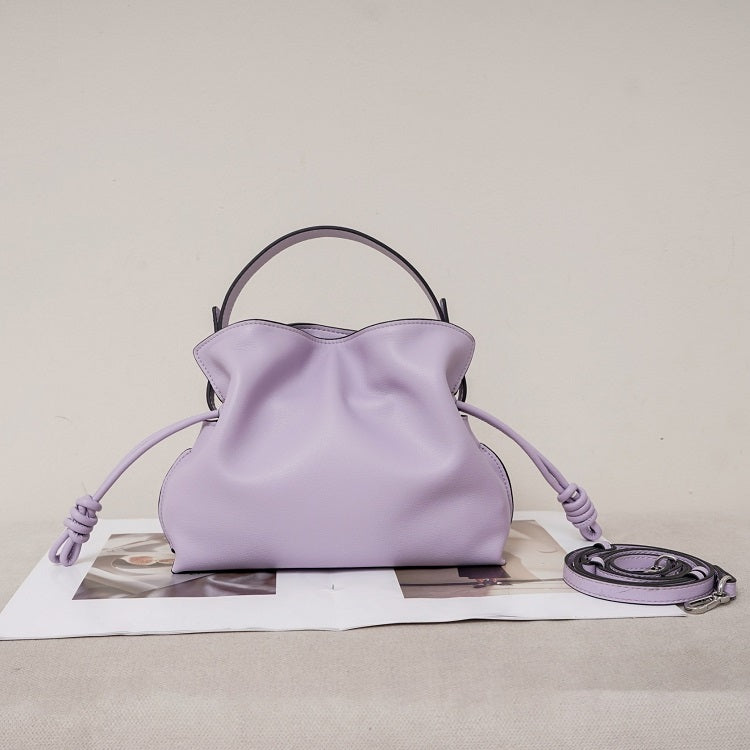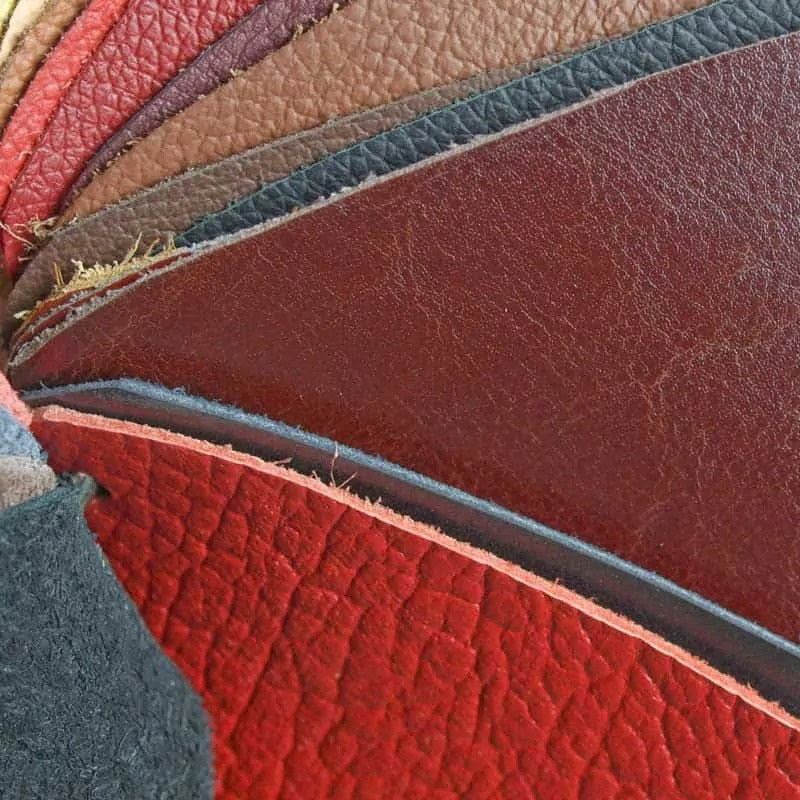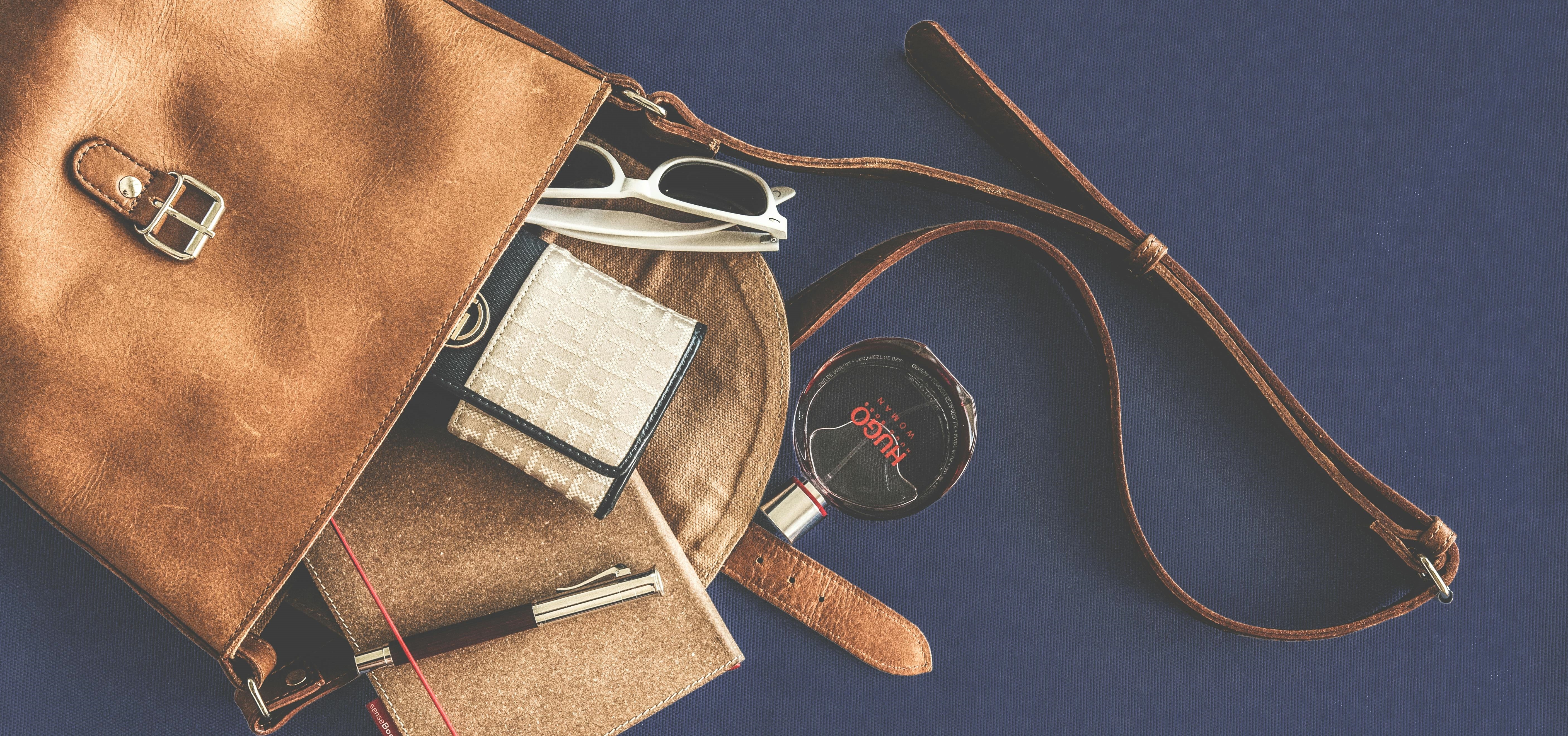When you're out shopping for leather goods, it can be tough to tell real leather from its artificial counterpart. Some folks seek out the genuine stuff, while others opt for the cheaper alternative of artificial leather. PU leather, a popular choice for faux leather, often comes into play. But what exactly is PU leather?
Understanding PU Leather: Pros and Cons
PU leather, also known by several other names, plays a significant role in the market. Whether you're seeking artificial leather or aiming to avoid it, familiarizing yourself with its various aliases is key. When scanning product tags, keep an eye out for these terms:
- PU Leather
- Bicast Leather
- Split Leather
- Bonded Leather
- Reconstituted Leather
- Corrected Grain Leather
Pros and Cons of PU Leather:
If you're torn between opting for artificial or genuine leather, weighing the pros and cons of PU leather can help you decide.
Pros:
- Cost-effective compared to genuine leather due to simpler manufacturing processes.
- Resistant to water absorption, making it easy to clean.
- 100% PU leather is vegan-friendly.
- Offers versatility in terms of colors and styles.
- Maintains its appearance without drying out over time.
- Contributes to sustainability by utilizing fewer resources in production.
Cons:
- Can appear artificial and synthetic.
- Lacks breathability compared to genuine leather.
- May emit odors of chemicals or plastic.
- Prone to wear and tear over time, leading to cracks and reduced longevity compared to real leather.
- Susceptible to punctures and tears, unlike genuine leather.
- Doesn't develop the same natural luster or patina over time.
- Not all PU leathers are vegan-friendly, as some contain remnants of genuine leather.
- Despite its reduced resource usage, plastics used in PU leather do not decompose easily, posing environmental concerns.
How to Identify PU Leather?
Whether you're in the market for PU leather or genuine leather, knowing how to distinguish between them is essential. For instance, when purchasing leather furniture, the easiest method is to check the tag. However, if the product lacks a tag, understanding the disparities becomes invaluable.
The primary indicator is often the price. Generally, PU leather comes at a lower cost than genuine leather due to its simpler production process. Additionally, PU leather typically emits a distinctive odor—a plastic or chemical scent absent in genuine leather.
Conducting a water test can also help discern real from fake leather, although it's not recommended for products you don't own. Authentic leather will absorb water, whereas PU leather will repel it.
For those with a discerning eye, visual inspection can also reveal differences. Genuine leather often displays imperfections and a natural grain, while PU leather tends to look artificial, featuring a nearly flawless, patterned texture.
Verdict:
PU leather, or polyurethane leather, is a synthetic alternative. If you're seeking affordability, vegan-friendly options, or a wide range of colors, PU leather fits the bill. However, if authenticity is what you're after, genuine leather is the way to go. Understanding the distinctions between PU leather and genuine leather can guide you in your furniture purchasing journey.




